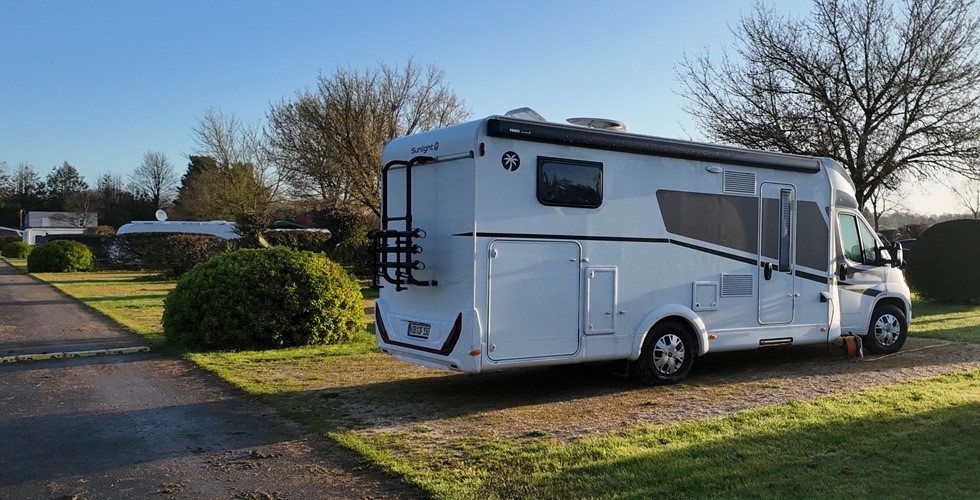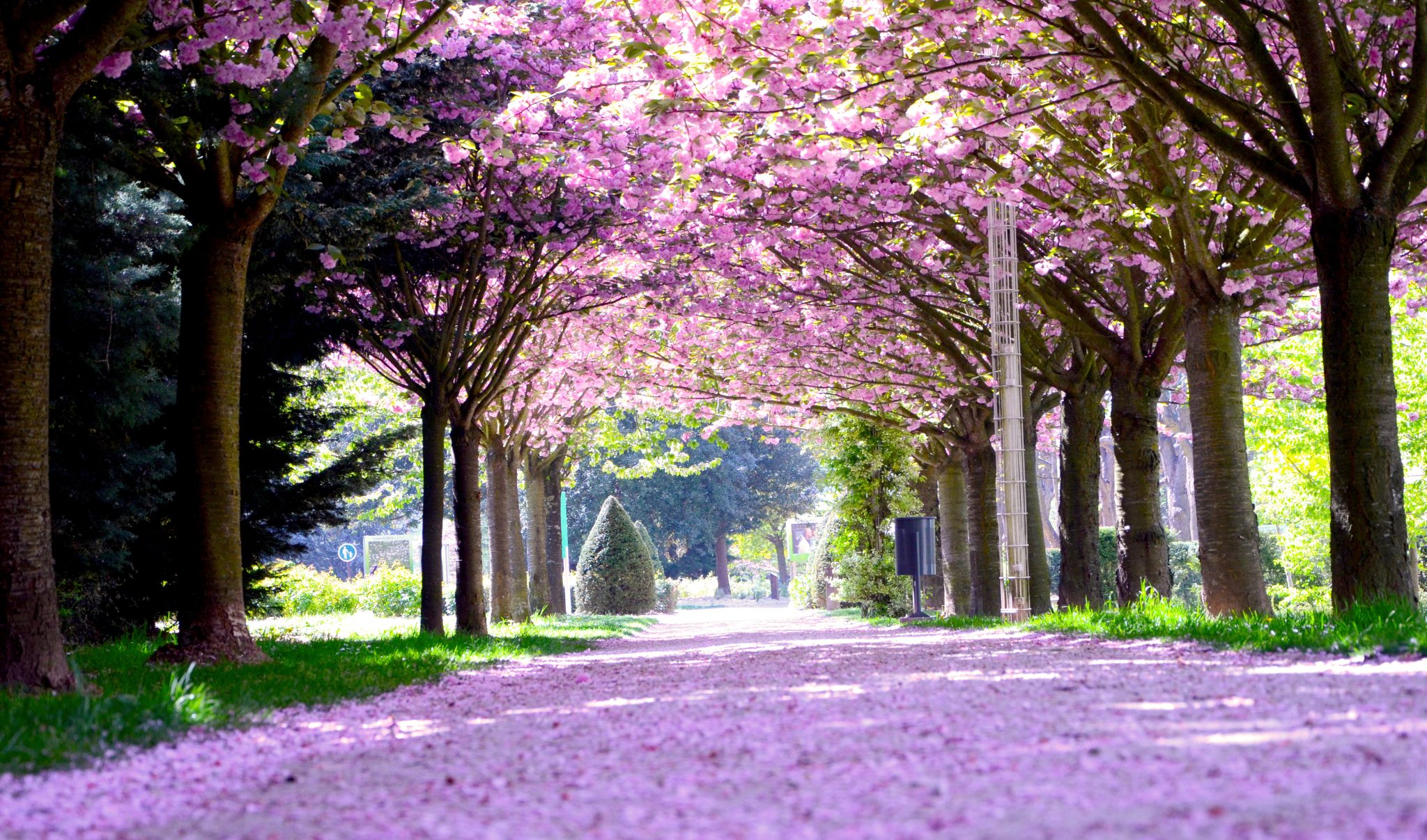In the summer of 2020, then between November 2020 and February 2021, archaeologists carried out excavations at the castle of Villers-Cotterêts, in the Aisne. They unveil the results before the castle reopens in 2022.
Archaeologists have conducted two series of excavations, the most important in the history of the castle, between 2020 and 2021. This February 24, they reveal the results.
Indeed, the excavations carried out made it possible to bring to light the remains of the old medieval castle, the castle of Malmaison (dating from the 12th century). François I had this castle destroyed to build that of Villers-Cotterêts between 1528 and 1556.
The foundations of the old medieval castle were therefore discovered, as well asa square tower (north facade), but also pits and pipes dating from both medieval and Renaissance times. Moreover, the discovery of these pipes made it possible to understand the complex mechanism of water supply, from a source located in the forest of Retz (3 km).
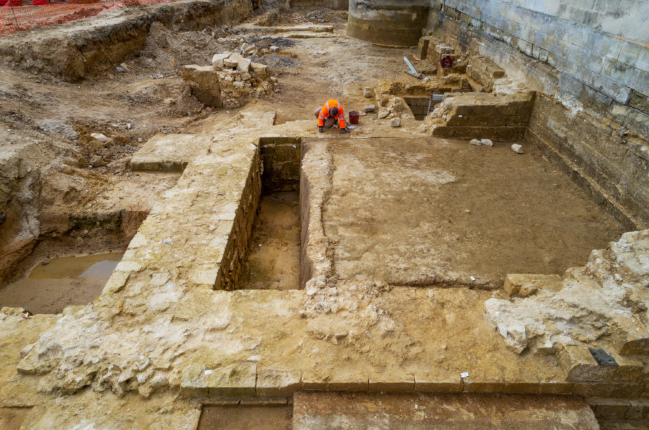
Archaeologists have also discovered traces of a monumental staircase, dating from the 17th century, as well as the base of a fountain in the Uffizi gallery.
In addition, a waste pit was also unearthed: a rare and precious discovery, allowing to study the daily life of the time.
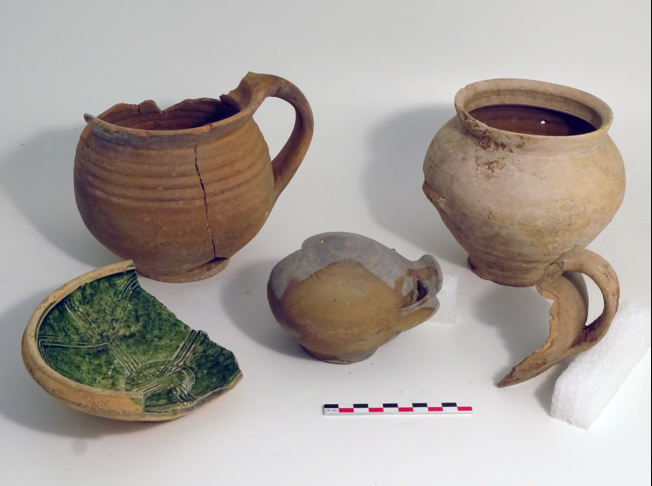
These impressive discoveries make it possible to understand The rich and varied history of the Château de Villers-Cotterêts, which spanned several periods.
Indeed, the medieval castle of Malmaison is often forgotten in front of the fame of that of Villers-Cotterêts. This was a royal residence, then a party castle in the 17th century.
From 1808, the castle became a begging deposit. Between 1889 and 2014, the castle became a retirement home.
Closed for security reasons, the castle of Villers-Cotterêts has since suffered many works, allowing it to be restored and prepared for welcome, in 2022, the International city of the French language, in accordance with the wishes of Emmanuel Macron.
Until then, further excavations must take place.
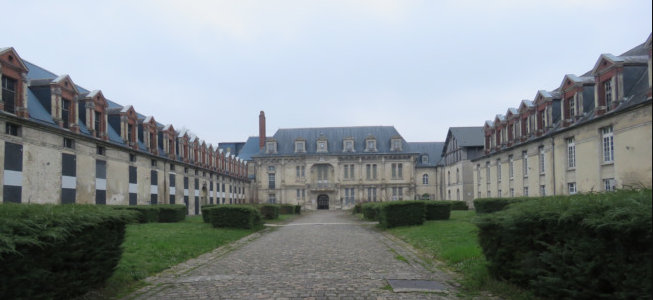
It should be noted that the excavations are carried out jointly by the department of Aisne, the National Institute for Preventive Archaeological Research (Inrap), the National Monuments Center (CMN) and the Regional Directorate of Cultural Affairs (Drac) of Hauts -of France.
For more information, click here.



